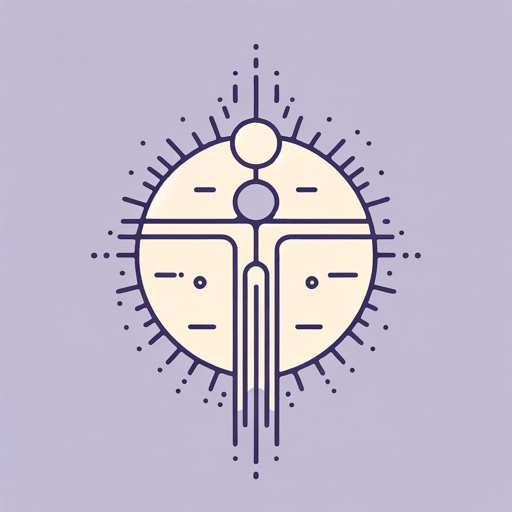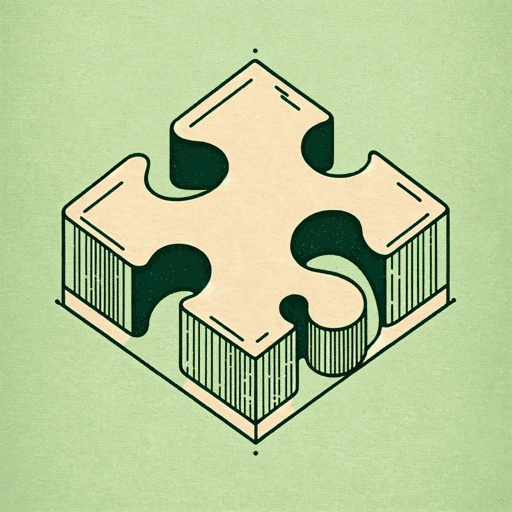50 pages • 1 hour read
Émile DurkheimThe Elementary Forms of the Religious Life
Nonfiction | Reference/Text Book | Adult | Published in 1912A modern alternative to SparkNotes and CliffsNotes, SuperSummary offers high-quality Study Guides with detailed chapter summaries and analysis of major themes, characters, and more.
Book 3-ConclusionChapter Summaries & Analyses
Book 3, Chapter 1 Summary: “The Negative Cult and Its Functions, the Ascetic Rites”
With Book 3, Durkheim moves from his assessment of beliefs and focuses more directly on rites and rituals. The most basic forms of religious ritual are those which underscore and establish the division between the sacred and the profane. These rituals come in the form of interdictions or taboos, foremost among which are interdictions of contact, by which the sacred and profane must be kept separate. Thus religious acts are differentiated in time and type from ordinary daily activities; fasting takes on a sacred force because it is the interdiction of an ordinary (and thus profane) act, that of eating. This also leads to the creation of religious calendars, of feast-days and fast-days as differentiated from ordinary time, because time devoted to religious ideas ought not to overlap with time given to ordinary activities; such is the nature of religion’s fundamental separation of sacred and profane. These interdicts and abstentions, though often seen as negative, serve toward a practical effect—by introducing a break from the world of the profane, they allow the person to enter into the world of the sacred. Thus asceticism—often criticized as a negative aspect of


